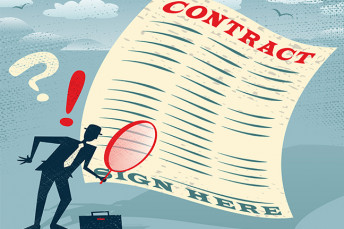
Exporting a Coronavirus Vaccine: What You Need to Know
18 months. It’s unsettling to think that it may take that long – or longer- to develop an effective vaccine for the coronavirus. Many research institutions, universities, and companies are actively partnering with overseas collaborators to fast-track the vaccine development. Fully developing a coronavirus vaccine in these cases involves developing the science behind the vaccine – and then getting the related materials and technology across international borders. Any delays in the exporting process stretches the timeline for further COVID-19 vaccine development or manufacturing scale up. We all understand the world cannot wait and human trials have already started.
Here are 3 key factors that you need to consider in your coronavirus vaccine development efforts:
No. 1: Export Classification
A key first step before you internationally ship the biological materials or share the technical information is to determine the proper export control classification number (ECCN). Indeed, the Bureau of Industry and Security (BIS) under the U.S. Department of Commerce, has published export classification information related to the coronavirus in their FAQs. According to the BIS FAQs, BIS “will continue to classify the SARS-CoV-2 and its specific genetic elements as EAR99.
You may be tempted to move forward assuming that all COVID-19 vaccine-related biological are, therefore, classified as EAR99. Be sure to dig further and understand if any other export-controlled biologicals are involved in the research. The guidance from BIS does not necessarily tell the whole story about the coronavirus vaccine-related materials that your researchers are seeking to export. Furthermore, “production” technology associated with many export-controlled biologicals is also controlled under a unique “Group E” ECCN.
New vaccine development often stems from existing vaccines that work for other diseases. Are you familiar with the biologicals and chemicals in EAR’s Commerce Control List that may cover associated materials in the potential vaccine?
No. 2: Restricted Parties Screening
It is still critical to fully vet the other university or company that is on the other side of the potential partnership. Despite the world-wide benefits of successful COVID-19 vaccine development, the U.S. government still maintains multiple lists of restricted and denied parties that U.S. entities either: a) cannot do business with unless a government license is granted or b) need to complete certain requirements to be compliant.
No. 3: Applying for a BIS License
If you find a non-EAR99 classification describes your product or technology, then you must consider the destination country to determine if a license is required. Is this the first time your organization is applying for an export license? If so, you’ll need to get set up in the SNAP-R system. Pay attention to the details and be forthright with comprehensive information supporting your export. This includes providing accurate export classifications for all of the material and technologies in the desired export. Then you want to make sure to monitor the progress of the license application and quickly respond to any questions that BIS may ask you.
Get Help from Export Compliance Experts
I’m proud of the Traliance team as we support the extensive efforts in the research community to discover and develop an effective vaccine for COVID-19. We have been prioritizing coronavirus vaccine-related exporting needs for our current clients. Contact us if we can help your institution.




Recent developments regarding EU export controls on the COVID-19 vaccine: https://www.cnbc.com/2021/02/01/eus-vaccine-export-controls-could-damage-global-vaccine-supply.html